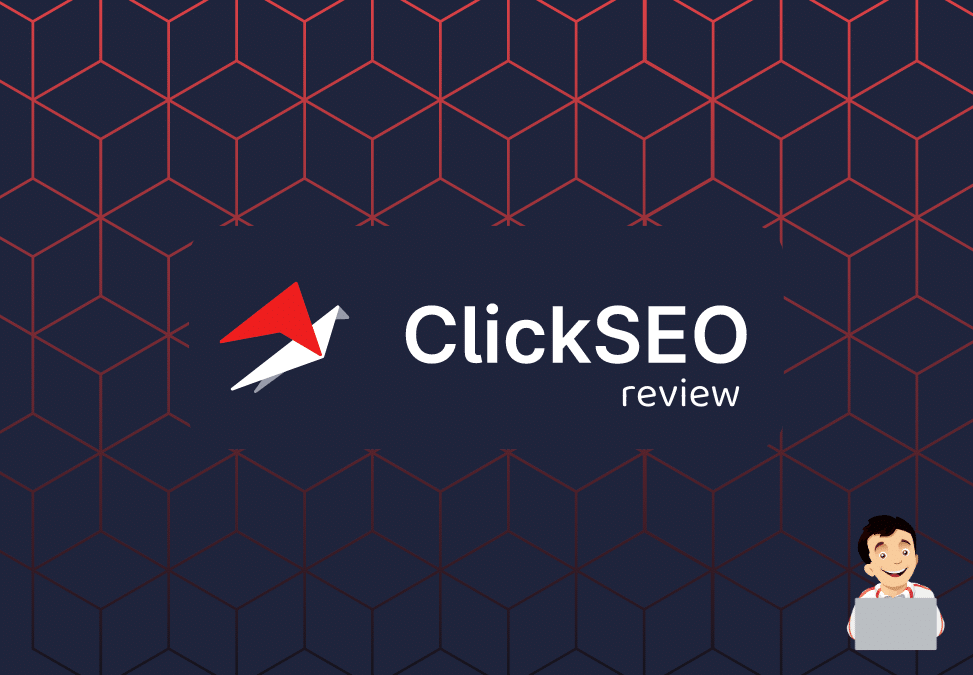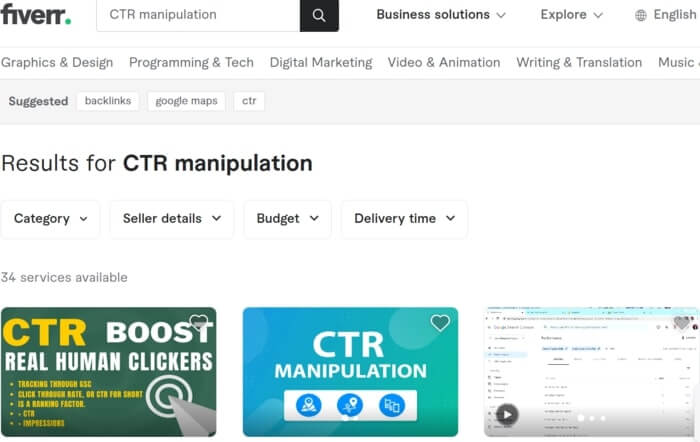Maximizing Organic Click-Through Rates With CTR Control
The optimization of natural click-through prices (CTR) is a nuanced undertaking that pivots on comprehending both user psychology and effective web content discussion. The landscape is swarming with misunderstandings and oversimplifications about what truly drives CTR.
Understanding Click-Through Fees
Comprehending click-through rates (CTR) is crucial for evaluating the effectiveness of internet marketing methods. CTR determines the percentage of customers that click on a specific web link or ad compared to the complete variety of customers that view it. A greater CTR suggests that the content is involving and appropriate to the target market, while a reduced CTR may signify a requirement for optimization.
To compute CTR, split the number of clicks by the variety of impressions and increase by 100. For instance, if an ad gets 300 clicks out of 10,000 impressions, the CTR would certainly be 3%. This metric is critical for examining various aspects of digital advertising and marketing, including seo (SEO), email projects, and social media advertising and marketing.
Furthermore, assessing CTR helps marketing experts identify which methods yield the most effective outcomes and which require improvement. By concentrating on improving CTR, services can boost their content's exposure and efficiency, leading to boosted website traffic and potential conversions. Comprehending the subtleties of CTR is fundamental for any marketing expert aiming to enhance their on the internet visibility and make the most of return on financial investment (ROI)

The Psychology of Customer Actions
Individual habits is considerably influenced by emotional variables that determine how people connect with on the internet content. Comprehending these factors is crucial for maximizing click-through rates (CTR) in organic search engine result. Cognitive predispositions, such as the anchoring effect, play a crucial duty in shaping users' assumptions. Their initial impacts can heavily affect their subsequent judgments concerning relevance and reliability. when individuals experience details.
Psychological responses likewise dramatically effect individual actions. Content that resonates psychologically can trigger a sense of seriousness or inquisitiveness, prompting individuals to click. In addition, social evidence-- such as customer reviews or scores-- can improve trust fund and encourage interaction, as people usually look to the behaviors of others to notify their very own choices.
In addition, the concept of scarcity can drive clicks - CTR Manipulation Press Release. Limited-time deals or unique content create a fear of missing out (FOMO), compelling individuals to act swiftly. Comprehending these emotional vehicle drivers makes it possible for marketers to create more engaging web content that reverberates with their target market
Reliable CTR Adjustment Strategies
Leveraging emotional understandings can substantially improve click-through rates (CTR) with targeted manipulation techniques. One of one of the most reliable approaches is making use of engaging headlines that evoke curiosity or necessity. Wording titles as concerns or integrating numbers can attract more focus, motivating individuals to click.
One more technique entails maximizing meta summaries to create a sense of importance and immediacy. By plainly describing the benefits or remedies provided in the web content, you can involve potential viewers and encourage them to click. Furthermore, utilizing power words-- such as "unique," "verified," or "totally free"-- can boost the charm of your content.
Aesthetic aspects additionally play a vital role. Incorporating attractive pictures or thumbnails can draw individuals in and boost CTR. A/B screening different visuals can aid recognize which images reverberate best with your target market.
Lastly, ensuring that your material promises deliverable worth leads to greater CTR. They are extra likely to involve when customers view that clicking will certainly provide them with significant understandings or services. By utilizing these techniques thoughtfully, marketing experts can properly adjust CTR to their advantage while preserving moral standards.
Typical Misconceptions Concerning CTR
Several false impressions border click-through rates (CTR) that can lead marketing professionals to make illinformed decisions. One prevalent myth is that a greater CTR constantly converts to better performance. While a high CTR suggests that even more customers are clicking, it does not assure conversions or sales. Ultimately, the efficiency of web traffic relies on the top quality of the landing page and the relevance of the content.
Another usual visit this web-site idea is that CTR is an isolated metric. In truth, CTR should be evaluated combined with various other efficiency indicators, such as bounce rate and conversion price, to get an alternative view of project success.
Furthermore, some online marketers assume that maximizing for CTR alone is enough. Concentrating exclusively on CTR can lead to clickbait methods that might attract clicks yet stop working to engage individuals meaningfully. CTR Manipulation Press Release. This method can damage brand reputation and cause lower retention prices
Lastly, there is an idea that CTR techniques are globally effective. The fact is that optimal CTR methods can vary dramatically across sectors and target audiences, demanding tailored techniques for various market segments. Understanding these myths is crucial for creating reliable CTR methods that line up with overarching advertising and marketing goals.
Measuring CTR Success
Although high click-through prices (CTR) can suggest successful interaction with material, measuring their true success calls for a thorough analysis of a number of variables. It is necessary to recognize the context in which the CTR is attained. A high CTR on a misleading title may not translate to purposeful engagement or conversions, ultimately showing improperly on the brand name's credibility.
Second, evaluating the source of website traffic is essential. Organic web traffic from search engines can symbolize a robust web content approach, while clicks from irrelevant resources might indicate an absence of targeting. In addition, gauging the succeeding user habits is crucial; examining metrics such as bounce rate, time invested on web page, and conversion prices can give deeper understandings right into the high quality of the engagement launched by the CTR.

Verdict

The optimization of organic click-through prices (CTR) is a nuanced venture that pivots on comprehending both customer psychology and efficient material presentation. CTR determines the percent of individuals that click on a certain link or promotion contrasted to the complete number of users that see it. A higher CTR indicates that the content is involving and pertinent to the target audience, while a reduced CTR may indicate a need Source for optimization.
Focusing specifically on CTR can lead to clickbait methods that might attract clicks but fail to engage customers meaningfully. Furthermore, determining the subsequent individual habits is vital; examining metrics such as bounce rate, time spent on web page, and conversion rates can offer deeper understandings right into the high quality of the engagement initiated by the CTR.